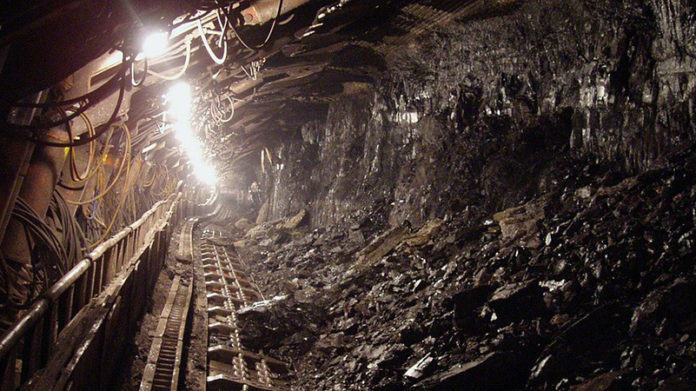
SIBANYE-Stillwater may retrench up to 1,959 employees from its South African gold operations following an announcement today it had started restructuring talks with unions at its Beatrix 4 shaft and Kloof 1 plant.
This is in terms of Section 189 of the Labour Relations Act which seeks to find ways of minimising job losses through voluntary separate, redeployment of employees and retrenchment avoidance methods.
Richard Stewart, chief officer for Sibanye-Stillwater’s southern Africa region said the restructuring was necessary as the operations were making losses that would “threaten the remaining life of mine of the other South African gold operations, and ultimately also the employees of the broader group”.
In both cases – Beatrix 4 shaft and Kloof 1 plant – the restructuring was due to the depletion of ore reserves and falling productivity. Some 1,959 employees could be retrenched and a further 465 contractors affected by the restructuring. Stewart said that discussions with stakeholders would attempt to limit job losses to a minimum.
Several attempts have been made to prolong the life of Beatrix shafts over the years, dating back to 2013. The life of Beatrix 4 shaft was previously prolonged following Section 189 discussions in 2017 through a productivity and cost containment agreement that enabled it to stay open provided it made a profit, on average, over any continunous period of three months after accounting for all-in sustaining costs.
At Kloof 1 plant, the surface rock dump (SRD) had been nearly depleted and the Kloof Main SRD would be completely mined out by December.
“As a result, Kloof 1 plant will not be able to operate at full capacity, with its only remaining primary source of ore coming from Kloof 4 SRD ,” said Sibanye-Stillwater. “Cost reduction efforts have been ineffective in addressing the ongoing lack of profitability,” it added.
Discussions regarding productivity improvements had not been a success, the company said. “It has become increasingly evident that, due to increasing costs and an inability to achieve targeted productivity levels, it will be difficult to secure the profitability levels required for the sustainability of the mine and plant,” it said.
The proposed closures underline the ageing nature of Sibanye-Stillwater’s gold division. In 2021, the company’s CEO, Neal Froneman suggested a three-way tie-up with AngloGold Ashanti and Gold Fields – but approaches to both companies were rejected.
Speaking in July, Froneman said the compan was not concerned about the gold division. “We are not fazed about a decline in production profile because it’s not the only asset we have, and it’s one of the reasons we moved into PGMs (platinum group metals),” he said.
Sibanye-Stillwater is due to publish its third quarter operating results on Thursday.











